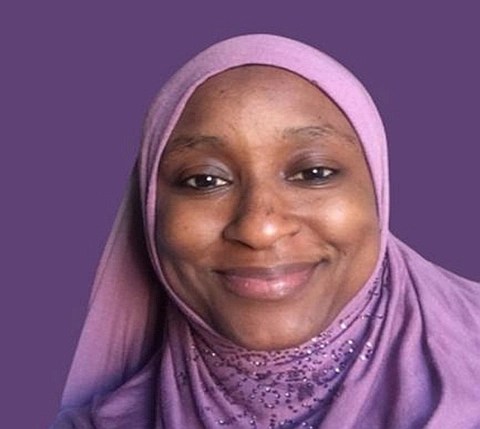Women in Tech and Project Manager, Startup AREWA, Dr. Marliyyah A. Mahmood, discuss how technology is enabling and enhancing the empowerment of women in Northern Nigeria. She emphasizes some of the fundamental advantages of social media technologies, such as giving women access to a virtual environment where they can express themselves.
“It is impossible to overstate the importance of women in the growth of any nation, state or community. This is to reiterate the critical role that women’s education plays in long-term national development, which begins at home. It is often observed that women are the first teachers of children in the home. A mother’s influence on parenting in any developing country and women’s empowerment has a significant impact on key development outcomes such as health, education, reproductive patterns, income level and other factors,” she said. Dr Mahmood.
While a PWC report in April 2020 states that 41% of micro-businesses in Nigeria are owned by women, an EFInA report indicated that 55% of financially excluded adults in Nigeria are women, and of the 25.1 million financially excluded in the north, 13.1 million are women. Business transactions are largely in cash within informal channels, as business funds are kept at home because financial institutions are concentrated in the state capital, while poor record-keeping of transactions through informal channels in turn hinders eligibility for credit.
The previous census, which was conducted in 2006, indicated that women made up about 49.7% of Nigeria’s population. Despite this, Nigerian women (particularly those from the northern region) have not been able to change the long-standing status accorded to women by society. There are a number of reasons why women in Northern Nigerian society are treated unequally, most of which may be related to the prevailing patriarchal system and the general lack of gender awareness among the rural population, including women who have been socialized to accept their subservient position.
However, with better access to information online, women have developed a greater sense of awareness. Online educational content, video blogs, and social media tools have given women access to a virtual world that provides them with opportunities to express themselves. Digital platforms aim to be more inclusive than ever in light of changing political consciousness. It is now essential, not simply an option, to ensure the safety, inclusion and voice of women at all intersections.
Through online workspaces, more women have recently been able to achieve financial independence. There are now more jobs available for women thanks to targeted job postings on numerous online portals. Stay-at-home moms or moms who have had extended absences from the workforce now have access to special opportunities to re-enter the workforce. Many websites offer part-time and full-time jobs that people can do from home.
In northern Nigeria, startup AREWA and Financial Service Innovation (FSI) organized a virtual hackathon on financial inclusion among northern women entrepreneurs, offering simple and easy-to-use fintech solutions to increase their participation in business start-ups. Innovative solutions developed from this hackathon were able to address the challenges faced by unbanked and underbanked women entrepreneurs in Northern Nigeria.
Dr. Marliyyah reveals how women now have access to a wide range of opportunities created online as a result of technological advances. “Technology has helped women assert their freedom of expression and their right to work, something they often find difficult to fulfil. This is a great achievement that shows how it can be used to empower people with disadvantaged identities.
“However, it should not be overlooked that Internet access is necessary in order to make use of these virtual leads. How many women and members of underrepresented groups actually have access to such technology remains an open question. To ensure that intersectional gaps are filled and that technology and the Internet become more available, intervention in this context is necessary.







